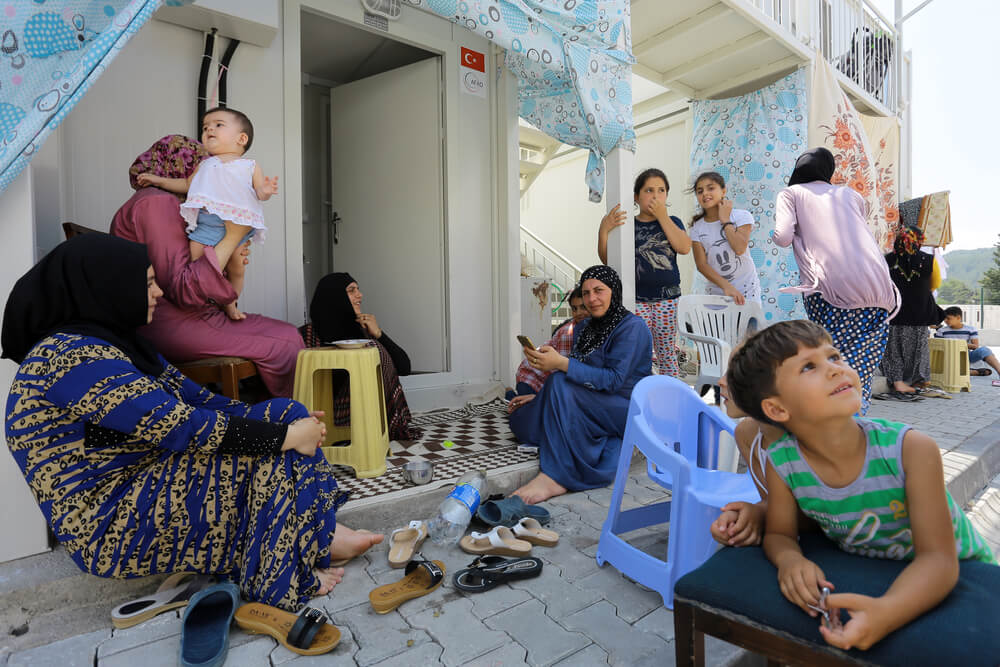Afghanistan (Washington Insider Magazine) -Self-exiled Afghan President Ashraf Ghani fled Afghanistan with a cohort of his compatriots after the Taliban’s sudden take-over of the nation’s capital of Kabul Aug. 16 that saw a completion of an effective takeover of the country by the Islamist extremist group and brought about a mass exodus of Afghans fearful of reprisal.
A video shared by the U.K.-based Telegraph on YouTube at the Kabul International Airport tarmac showed hundreds rushing to catch any available flights, a metaphor depicting the desperation that comes after the 20-year U.S.-led war comes to an end.
Thousands of Afghans have attempted to flee the country, but with all of the land crossings now controlled by the Taliban, people such as, Rakhmatula Kuyash, 30, have had to make difficult decisions. Kuyash is one of the few people fortunate enough to have a visa to neighboring Uzbekistan but was forced to leave his children and other relatives behind.
He told the Associated Press that “I’m lost, and I don’t know what to do. I left everything behind.”
Regarding those fearing reprisals, the U.S. in particular, has so far accepted “less than 2,000 Afghan interpreters (who assisted U.S. military and government personnel),” Krish O’Mara Vignaraja of the Lutheran Immigration and Refugee Service told Forbes on Aug. 15.
Canada, in addition, has pledged to accept 20,000 Afghan vulnerable refugees, Reuters news agency reported on Aug. 14, citing Immigration Minister Marco Mendicino.
The response to the looming crisis has been met with a mixed outlook in the U.S. and the European Union (EU), with a U.S. Senior official commenting, “it’s heartbreaking” in regards to the situation in Kabul, but that U.S. President Joe Biden “stands by” his decision for the military pullout as he did not want the already decades long conflict in Afghanistan to go into its third decade of fighting, according to AP News
Six EU member states warned that a halting on deportation of rejected Afghan asylum seekers would create an incentive for those looking to flee Afghanistan to the 27-member political and economic union. Austria, Denmark, Belgium, the Netherlands, Greece and Germany on Aug. 5 wrote a statement to the European Commission, the EU’s executive branch.
It said in part that “stopping returns sends the wrong signal and is likely to motivate even more Afghan citizens to leave their home for the EU.”
Since 2015, an estimated 570,000 Afghans have applied for asylum in the EU, with 44,000 in 2020 alone as reported in the six countries’ letter to the EU. There are an estimated 4.6 million Afghans already displaced, with many still in the countries surrounding Afghanistan. This fear of mass migrations to Europe potentially lies in the 2015-2016 migrant crisis, which saw over a million people from the Middle East put stress on welfare and security sectors and allow for the rise of support for far-right groups opposed to the migration process.


























